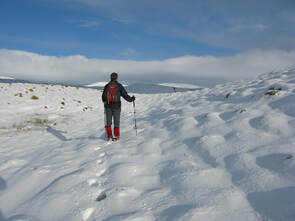
There was no blue moon in 2008, there will be none in 2010. A blue moon comes once in two to three years. Most calendar months have a single full moon : a complement of twelve a year. There was a first full moon on 2 December 2009, and a second full moon- a blue moon- on 31 December. On New Year’s Eve a blue moon rose in a cloudless sky: the year ended with a thirteenth moon and a partial lunar eclipse as the moon came within the earth’s shadow. On New Year’s Eve my darkened study was flooded with moonlight. There was a keen overnight frost with Arctic weather coming in on a north-east wind. ‘ Brightly shone the moon that night, though the frost was cruel.’
The day was inspirational. To the south east, crepuscular rays fanned out below the clouds in shades of rosy dawn. ‘ Look behind you’, was our watchword . Sunlight and cloudscape worked magic upon the snow which reflected light from all over the sky and the fells ranged before us in dazzling, sun-struck white, in soft blues and grey cloud shadow. At our feet, tussocks rippled under snow with a rhythmic hatching of shadows. Snow-melt and refreeze gleamed off ice.
Written on the Skeggleswater ice was my name, to be illuminated at midnight beneath a blue moon.
On New Year's Day 2010 we might walk on the frozen tarn.
Or swim in it in a heatwave July 2018
Discover adder in heather moorland September 2008
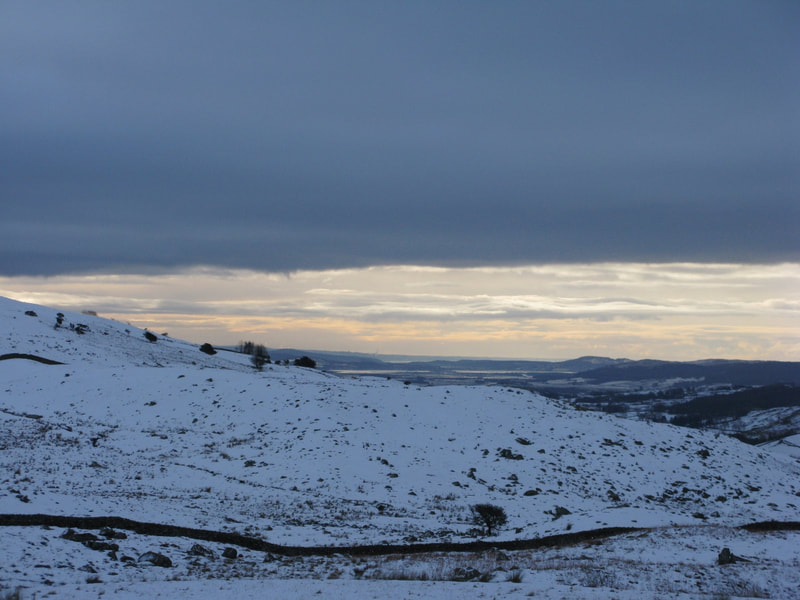
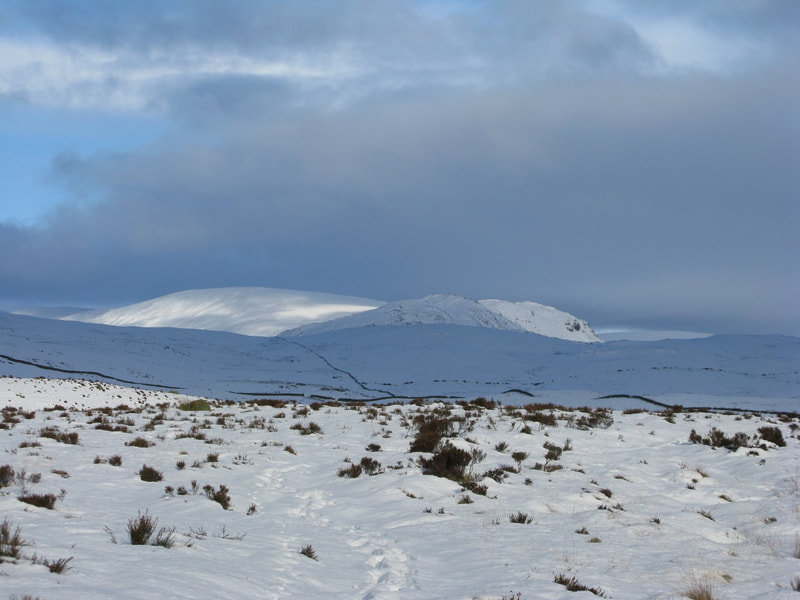
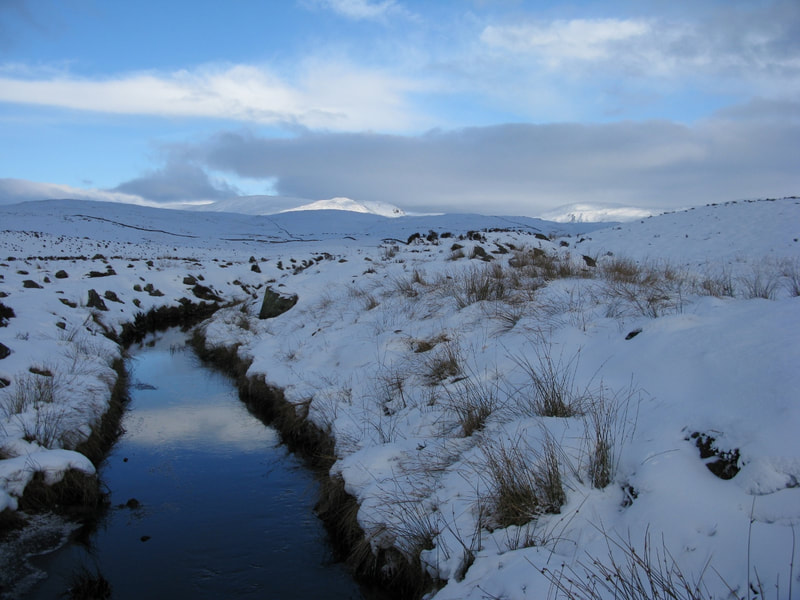
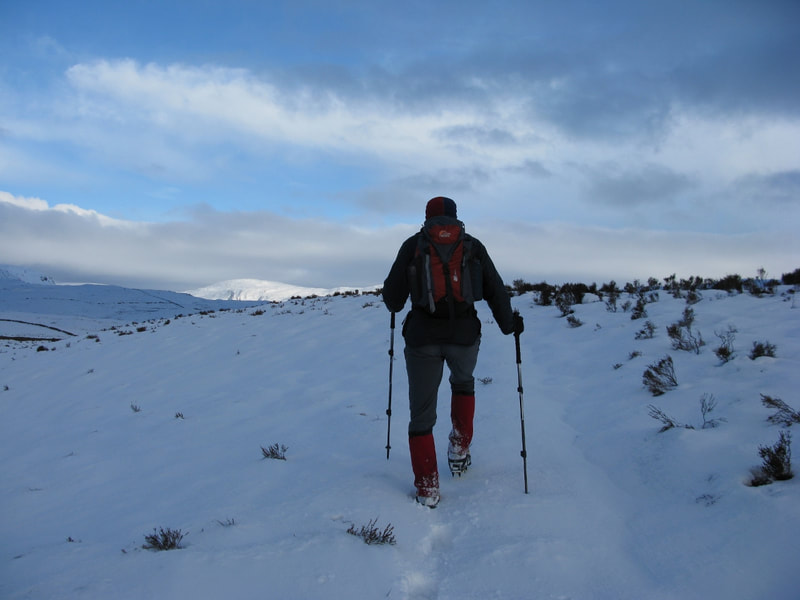
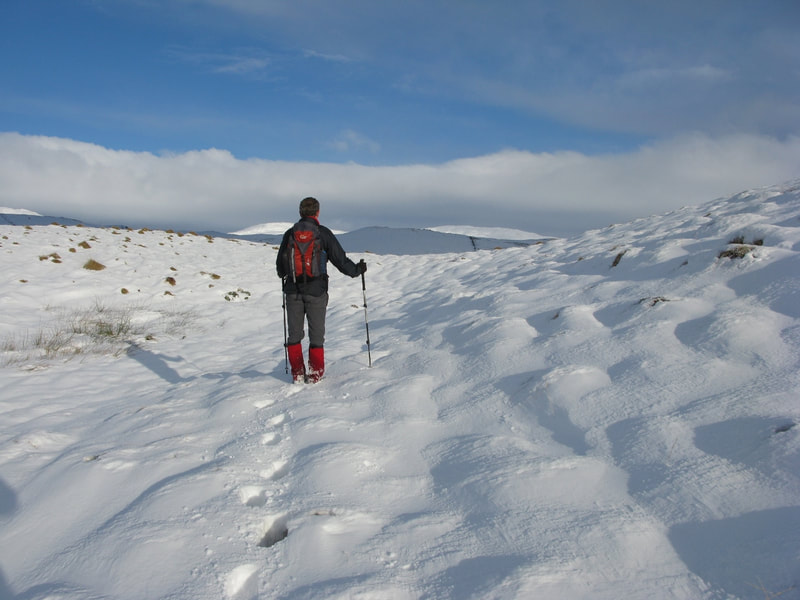
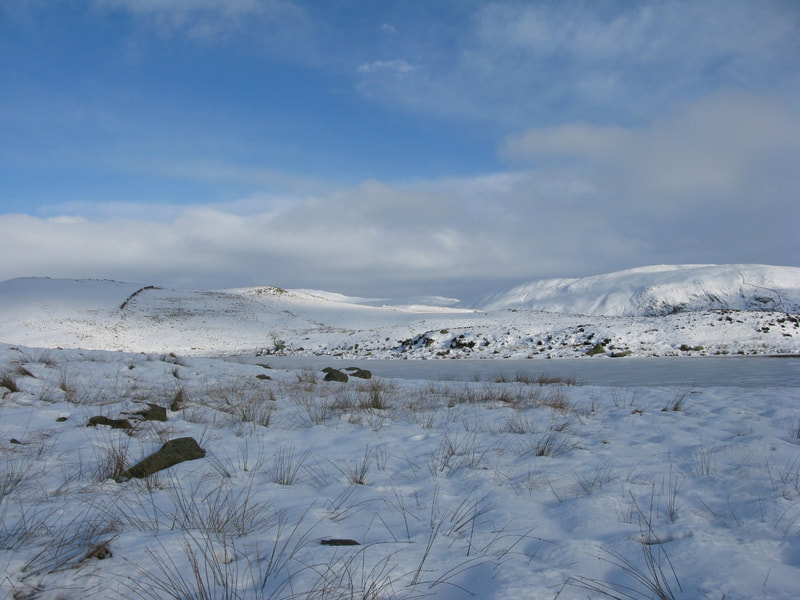
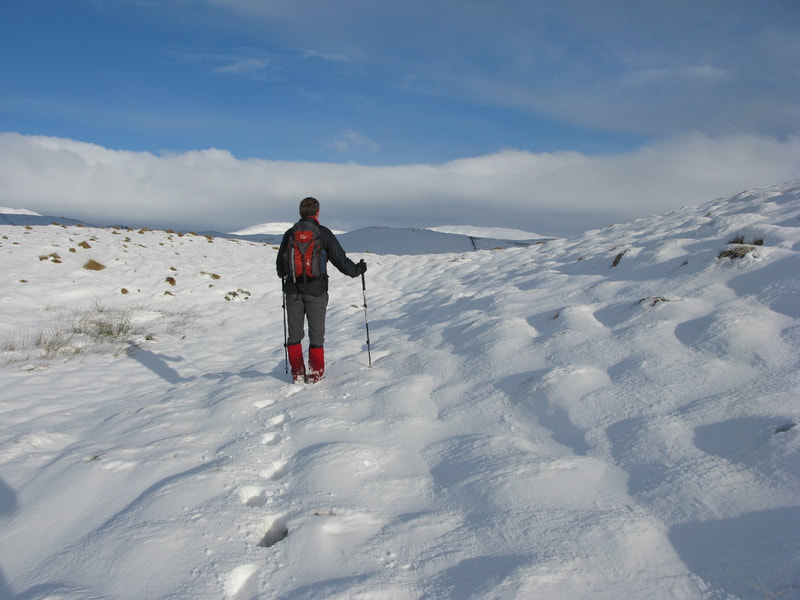
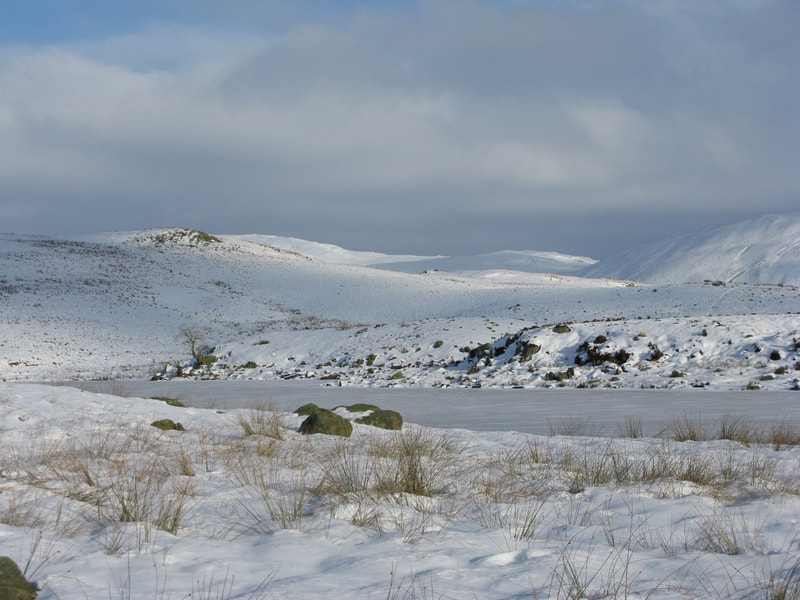
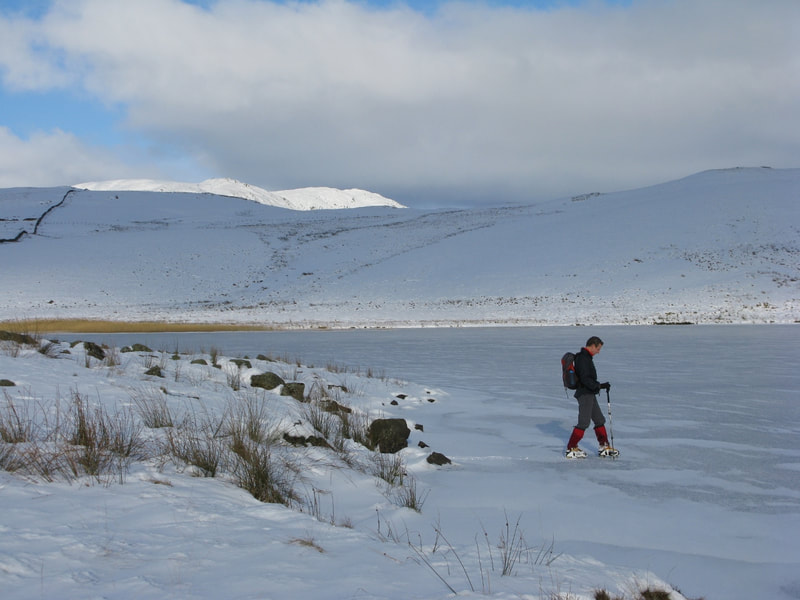
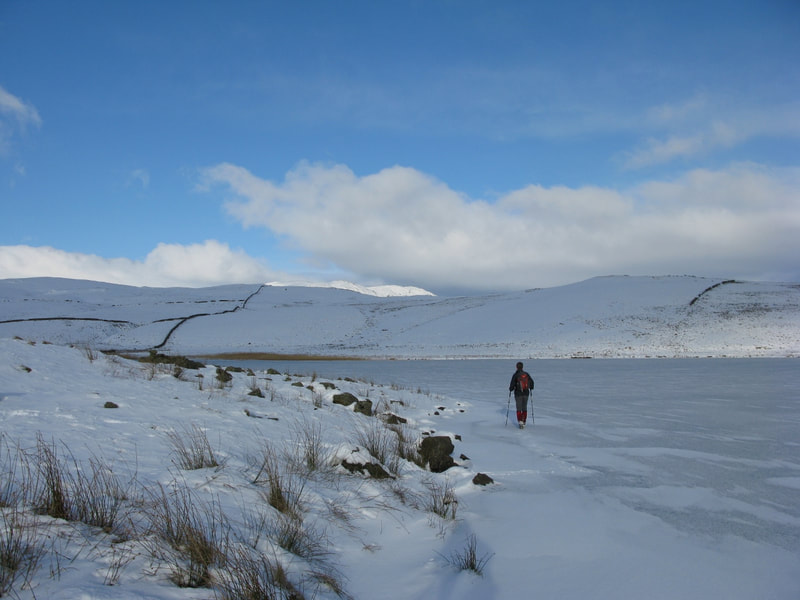
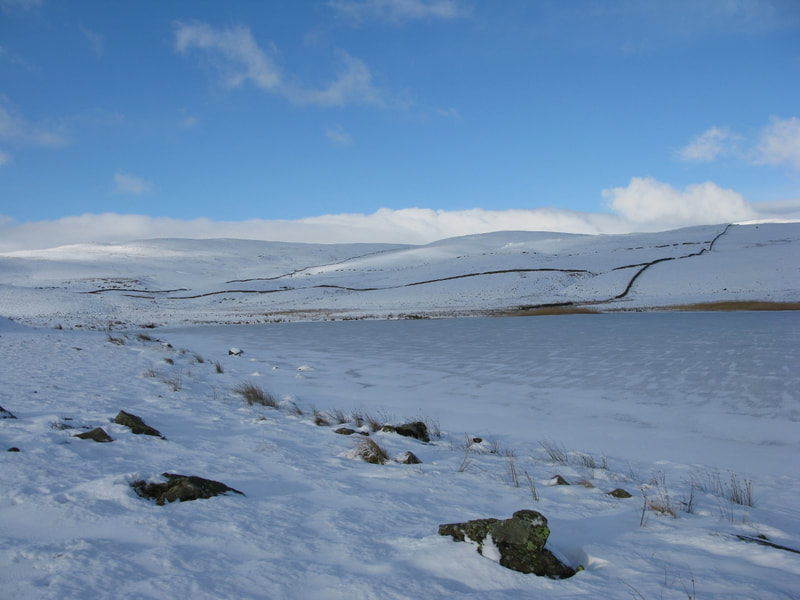

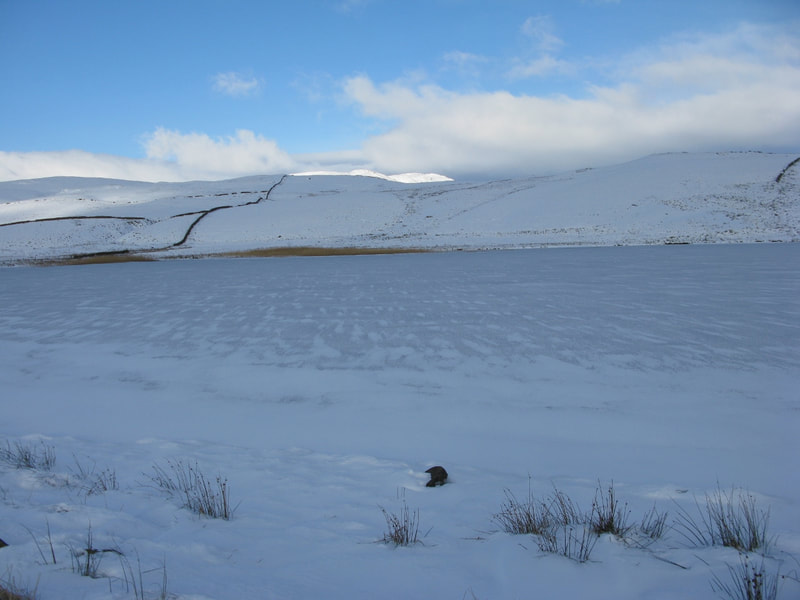
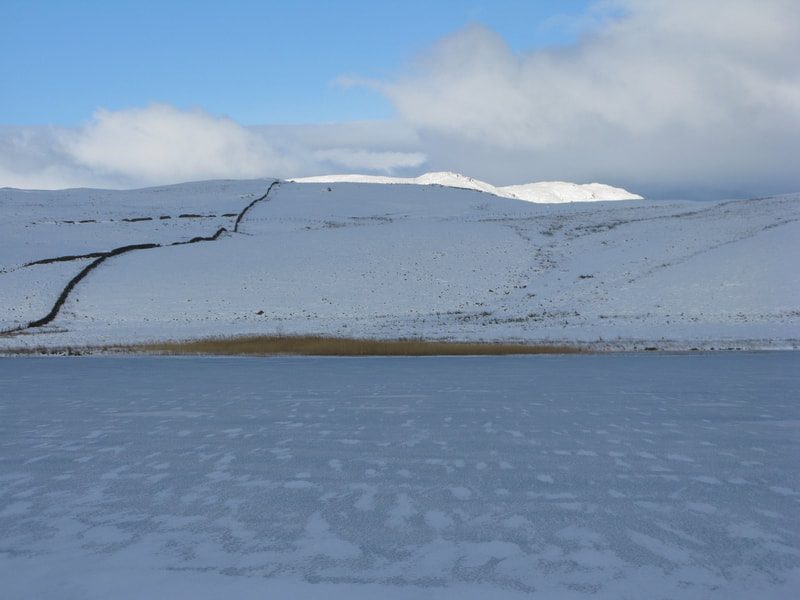
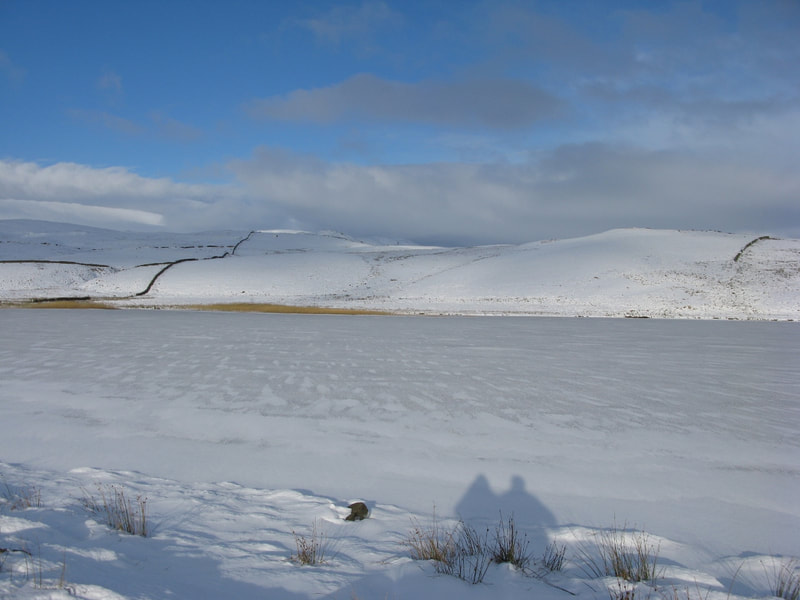
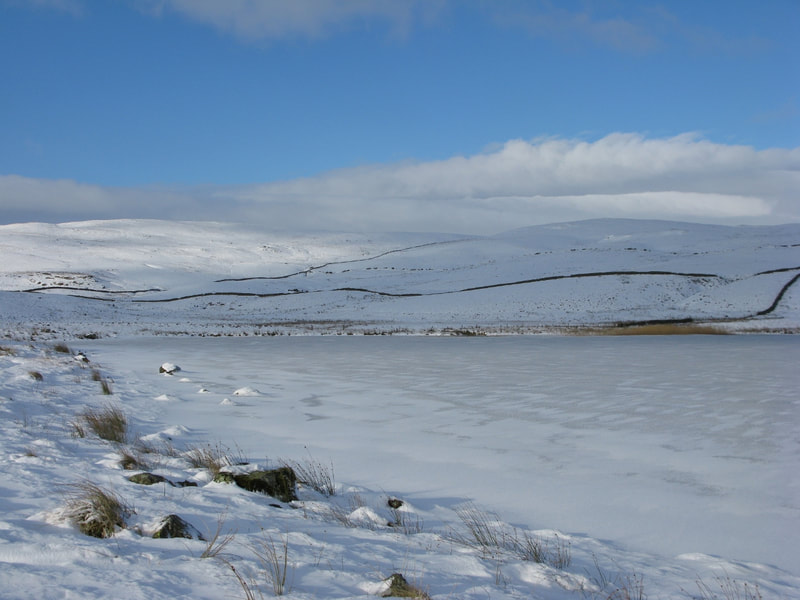
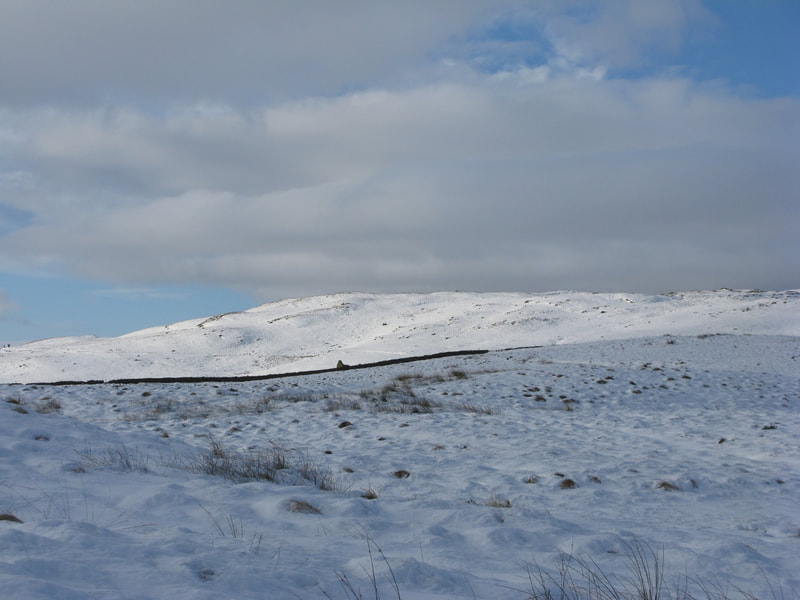
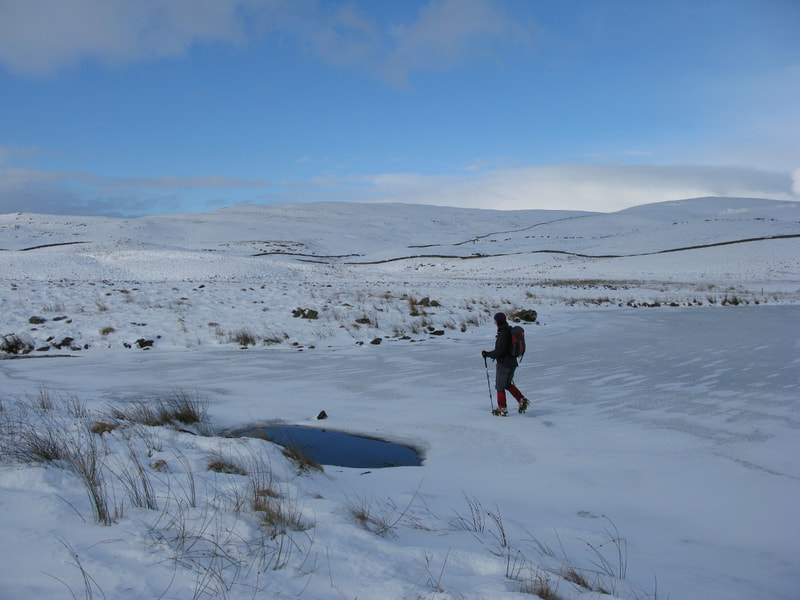
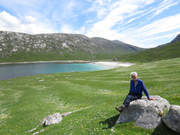
 RSS Feed
RSS Feed